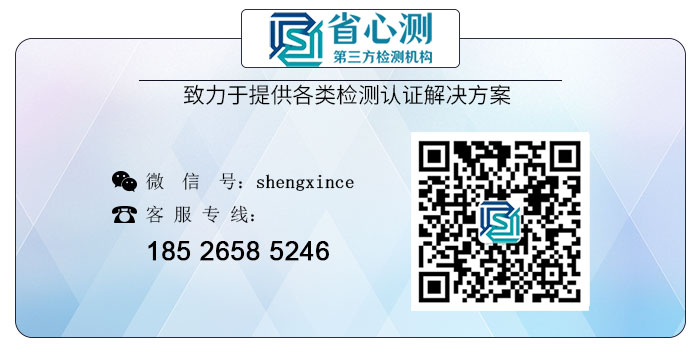RoHS测试用英语怎么说
RoHS Testing: A Vital Step in Product Compliance
In today's world, the demand for electronic goods has reached its peak. As a result, manufacturers are producing electronic devices at an unprecedented rate. However, with the increase in production, there has also been an increase in concerns over environmental safety and the health of consumers. One such concern is the issue of hazardous materials used in electronic goods. To ensure consumer safety and environmental protection, regulatory bodies have put in place a requirement for companies to comply with the Restriction of Hazardous Substances (RoHS) Directive. This article will explain what RoHS testing is and its importance in product compliance.
What is RoHS Testing?
The RoHS Directive, introduced by the European Union in 2006, restricts the use of hazardous materials in electronic equipment. The directive requires manufacturers to limit the use of six hazardous materials, namely lead, mercury, cadmium, hexavalent chromium, polybrominated biphenyls (PBBs), and polybrominated diphenyl ethers (PBDEs). RoHS testing ensures that electronic devices comply with the limits set by the directive.
Why is RoHS Testing Important?
RoHS testing is an essential part of the compliance process. Failure to comply with the RoHS directive can result in fines and damage to the company's reputation. Non-compliant products can also be banned from the market, leading to significant financial losses. Additionally, the use of hazardous materials in electronic devices has serious health and environmental implications. RoHS testing helps to protect consumers and the environment from the harmful effects of these materials.
The RoHS Testing Process
RoHS testing is carried out to ensure that electronic devices comply with the limits set by the RoHS directive. The testing process involves the use of analytical equipment such as energy-dispersive X-ray fluorescence (EDXRF) spectrometers to identify the presence of hazardous materials in a product. Samples are taken from various components of the product and analyzed to determine their chemical composition. If the sample exceeds the allowable limits of the RoHS directive, the product is deemed non-compliant.
Benefits of RoHS Testing
RoHS testing not only ensures compliance with the RoHS directive, but it also provides several benefits to manufacturers. Firstly, it improves product quality by identifying potential issues early in the production process. Secondly, it minimizes the risk of product recalls due to non-compliance with RoHS regulations. Thirdly, it improves company reputation by demonstrating a commitment to environmental and consumer safety. Finally, it provides access to new markets that require RoHS compliance, increasing the company's global reach and potential for growth.
Conclusion
RoHS testing is a vital step in ensuring product compliance with the RoHS directive. Manufacturers must comply with these regulations to ensure the safety of consumers and the environment. The testing process identifies potential issues early in the production process, ensuring product quality and minimizing the risk of product recalls. RoHS compliance also improves company reputation and provides access to new markets, leading to increased growth opportunities. Ultimately, RoHS testing is a necessary step towards a safer, more sustainable future.


 有样品要送检?试试一键送检,15分钟极速响应
有样品要送检?试试一键送检,15分钟极速响应



